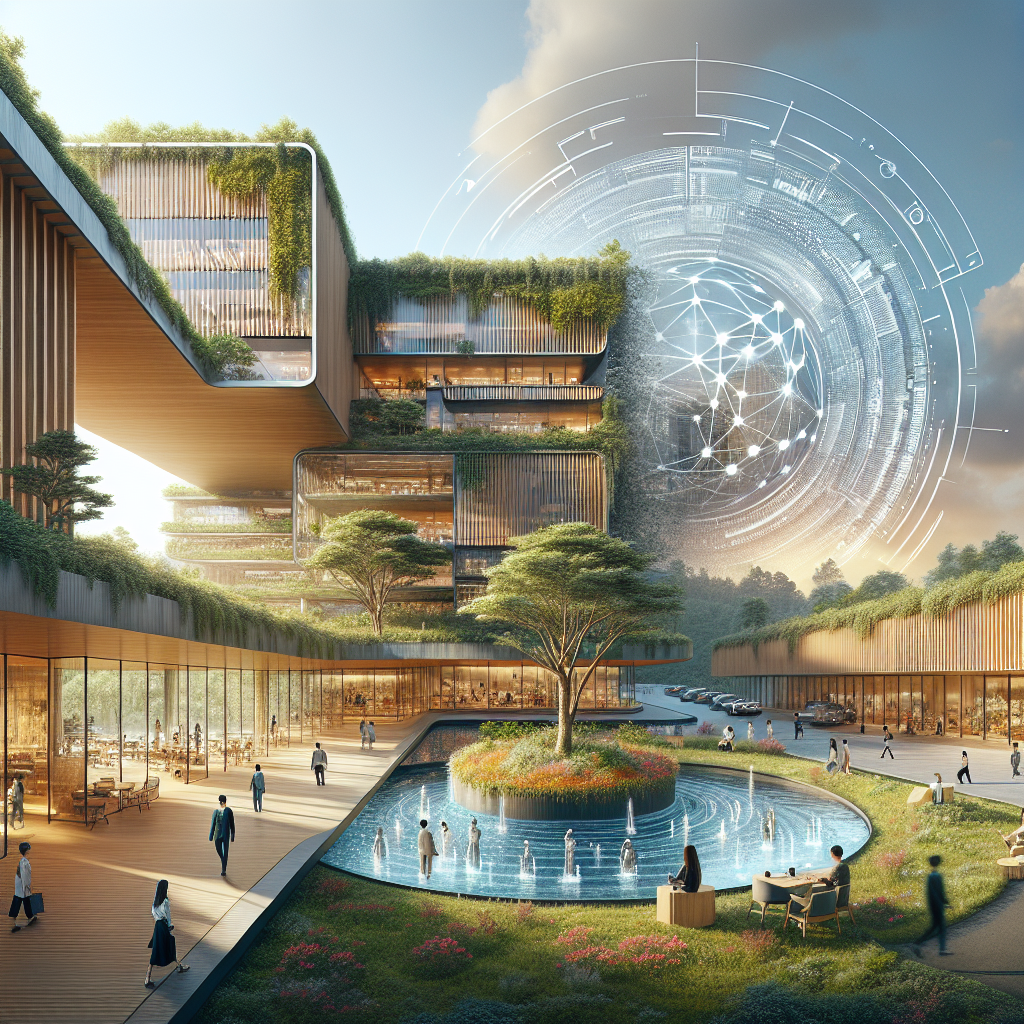
2025: A Turning Point for Commercial Real Estate Recovery

The year 2025 is expected to mark a critical phase in the recovery of commercial real estate, driven by improving global growth, demographic changes, innovative technologies, and strategic adjustments in investment amid lowering interest rates.
The commercial real estate landscape in 2025 appears poised for revitalisation, driven by changing global dynamics, technological advances, and evolving market fundamentals. After years of navigating higher interest rates and subdued growth, optimism is emerging as central banks ease monetary policies and economic conditions stabilise. As we step into this year, several key factors suggest that commercial real estate may be entering a transformative phase, creating opportunities for investors willing to adapt to its evolving complexities.
One of the most significant developments is the widespread emergence of a “buy” cycle across real estate markets globally. Analysis highlights that by late 2024, the percentage of markets classified within favourable buying phases reached the highest level seen in nearly a decade. This trend evokes parallels with post-crisis recovery periods in the 1990s and 2010s, showcasing potential for substantial returns. Strategic investment at this time, although tempered by necessary caution, could prove fruitful.
Moreover, the global housing market is demonstrating a notable shift towards renting over homeownership, supported by affordability challenges and a shortage of housing supply estimated to exceed 6.5 million units across key developed economies. This shortage is particularly apparent in urban living spaces, guaranteeing that rental properties will likely remain strong contenders for investment in the near future.
The retail sector is also exhibiting signs of stability. Over the past two years, this segment has aligned supply and demand more effectively, leading to healthier returns and greater balance. The office sector, although still facing regional challenges, is generating opportunities particularly in debt markets as traditional financing constraints create openings for innovative investment strategies. In parallel, industrial real estate continues to perform well due to embedded income potential and its alignment with supply chain demands. Alternative real estate markets, including student housing, data centres, and self-storage, are also garnering investor attention due to their specific demand drivers and resilience to broader market trends.
Technological innovation, particularly advances in artificial intelligence and automation, is reshaping industries while introducing both opportunities and challenges. AI is transforming workplace dynamics, while also calling for substantial energy infrastructures to support rapid growth. Sustainability remains an essential theme, with decarbonisation goals influencing many investment decisions globally. Investment strategies must adapt in response to these transformative forces.
However, challenges linger. Although interest rates are beginning to decline, the adjustment period is expected to be protracted. Geopolitical tensions, such as the ongoing conflict in Ukraine and unrest in the Middle East, weigh on global markets and stability. Furthermore, recent global elections may influence policy shifts with as-yet unclear implications for markets and trade. Investors must remain disciplined and focused on long-term value creation. The emphasis will likely pivot towards rent growth rather than relying on capital appreciation.
While risks remain, the current environment presents room for optimism. Investors who embrace strategic foresight backed by research and adaptability are positioned to capitalise on the market's recovery potential. The broader transformation within the commercial real estate sector points towards a renewal of growth, with 2025 shaping up to be a pivotal moment in setting the foundation for its long-term trajectory.